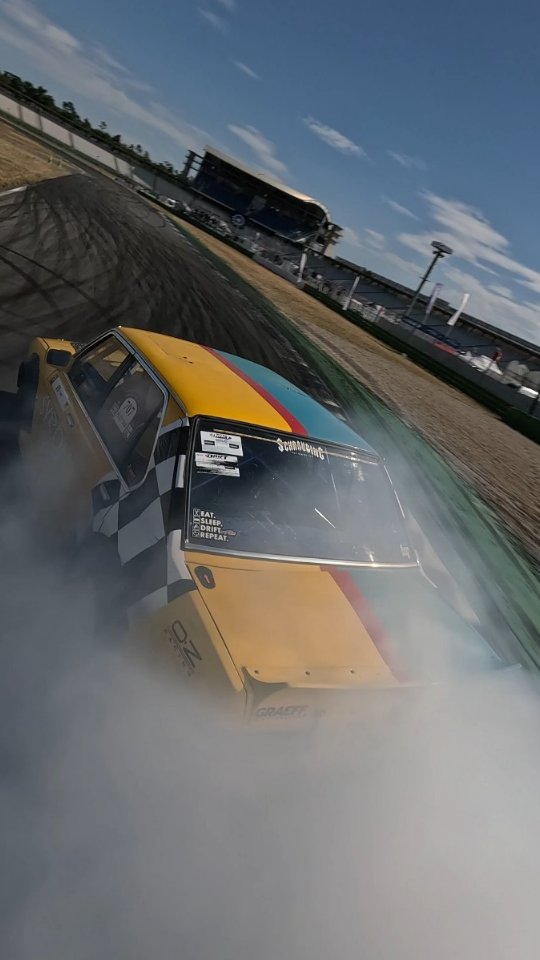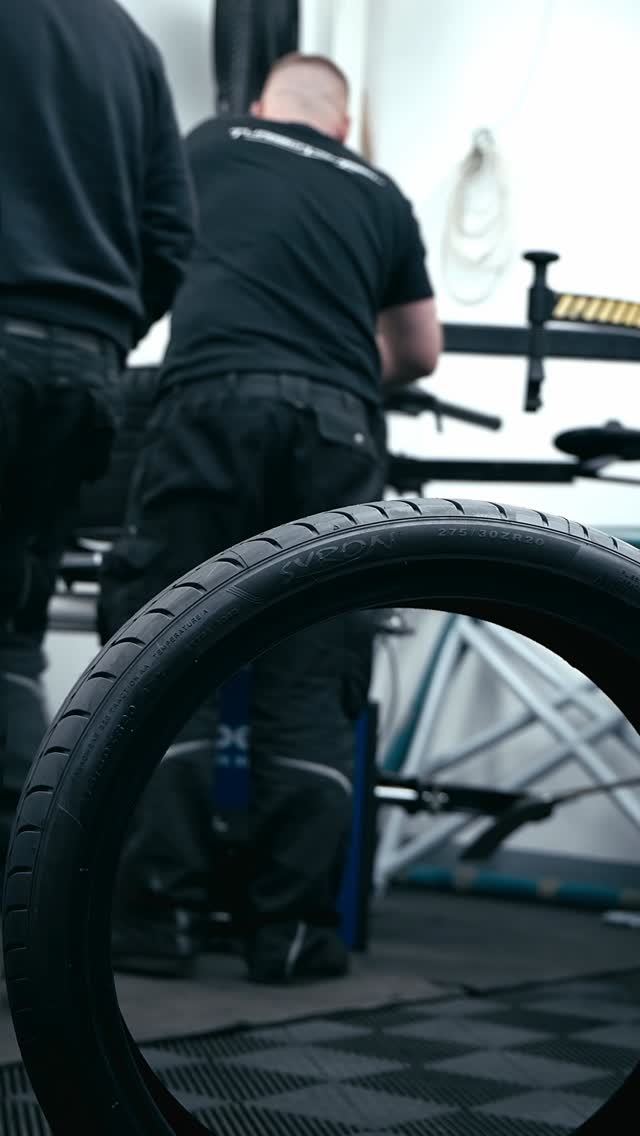Tires for Every Need
Discover Our Products

All Season Tires
All-season tires engineered for superior handling, giving you confidence and safety from January to December.

Winter Tires
Conquer heavy snow and enjoy worry-free driving with Syron Tires’ top-performing winter tires.

Summer Tires
Designed to meet the demands of sporty driving, Syron Tires ultra-high-performance summer tires offer premium capabilities.
















